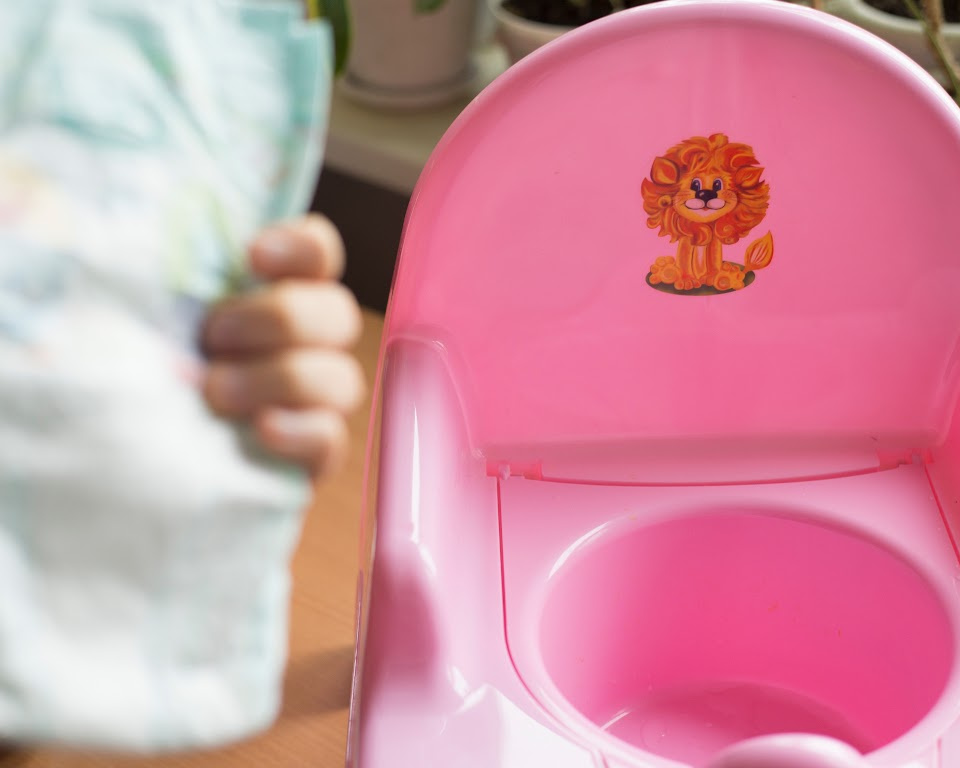Understanding how to communicate with a nonverbal autistic child is a challenge many parents, caregivers,…

Preventing Scratching in Autistic Children: Strategies for Parents and Caregivers
For many parents and caregivers, understanding how to stop autistic child from scratching is an urgent need. Self-injurious behavior, which often manifests as scratching, can be alarming and distressing for both the child and their family. Fortunately, there are proven strategies to prevent scratching in autistic children, and by being informed, parents can step in with effective solutions. Seeking to understand the individual needs of each child, Steinberg Behavior Solutions employs a range of techniques aimed at minimizing and preventing such behaviors by addressing their underlying causes.
Central to autism scratching prevention is the recognition of communication issues. When children with autism find it challenging to express their needs or to understand others, frustration can trigger scratching. By consistently applying communication tools like sign language, the Picture Exchange Communication System (PECS), or communication boards, the incidence of such behaviors can be significantly reduced. Moreover, it’s crucial for children to undergo thorough medical assessments to rule out potential physical factors contributing to distress.
The commitment to finding the right tools and approaches tailored to each child’s unique situation is the cornerstone in reducing unintended harm and improving their overall well-being.
Understanding the Underlying Causes of Scratching in Autistic Children
Scratching is a common but distressing behavior observed in many children on the autism spectrum. Understanding why these behaviors occur is the first step towards managing them. There are several contributing factors that can cause a child with autism to scratch, and by exploring these underlying causes, caregivers can implement effective methods to reduce scratching in children with autism.
Communication Barriers and Frustration
One of the primary reasons children with autism may scratch is the inability to navigate communication barriers, leading to significant frustration. These children may struggle to convey messages or comprehend expectations, increasing their stress and provoking scratching behaviors. By reinforcing consistent communication techniques to curb scratching in children with autism, such as sign language, the Picture Exchange Communication System (PECS), or a communication board, we can alleviate some of the frustration they face and reduce instances of self-injury.
Social and Environmental Triggers
Another aspect of managing scratching behavior in autistic kids is the identification of social and environmental triggers. Activities they find overly demanding, or social scenarios they wish to avoid, can quickly result in self-injurious actions, including scratching. Solutions involve persistent engagement through these scenarios, without allowing the scratching to serve as a means of escape. This persistence helps to break the association between scratching and relief from undesired interactions or tasks.
The Role of Sensory Overload
For children on the autism spectrum, sensory overload can also be an underlying cause of scratching. Loud noises, intense lights, and various other stimuli can overwhelm a child, inciting them to scratch as a coping mechanism. Ways to stop an autistic child from scratching include careful analysis and alterations to their surroundings. Addressing sensory sensitivities by creating an environment that minimizes discomfort can markedly reduce the urge to engage in such behaviors.

How to Stop Autistic Child from Scratching: Practical Steps
Scratching is a common challenge that many children on the autism spectrum face, and finding effective ways to manage this behavior is crucial for their well-being. Implementing practical steps to curb these behaviors involves a multifaceted plan including the development of communication skills and the modulation of sensory input.
Functional Communication: One of the primary tips for preventing scratching behaviors in autistic children is to foster robust communication skills. Introducing a consistent method helps to mitigate the frustration that can lead to scratching. See below for recommended communication strategies:
- Picture Exchange Communication System (PECS) to enable non-verbal expression
- Sign language for those who find verbal communication challenging
- Communication boards with symbols and pictures
- Technology-assisted devices for more advanced communicative exchanges
Environmental Management: Adjusting the child’s surroundings can significantly reduce the urge to scratch. This can involve:
- Creating a calming sensory space where a child can retreat when overwhelmed.
- Dimming lights or using filters to soften harsh lighting conditions.
- Introducing noise-cancelling headphones to block out disturbing sounds.
- Ensuring personal spaces are well-organized and predictable.
Behavioral and Safety Strategies: When scratching behaviors are used to escape tasks or seek attention, it’s important to implement strategies that maintain safety while redirecting to appropriate behaviors:
- Maintaining the course of action despite the scratching, showing that it does not lead to escape from the task.
- Employing positive reinforcement to incentivize non-harmful behaviors.
- Utilizing protective gear if necessary to prevent harm.
- Providing alternative forms of stimulation, like tactile toys or fidget tools.
An individualized approach that addresses the specific reasons behind a child’s scratching will always be the most effective. Strategies to prevent scratching in autistic children should be adapted to their particular needs and continuously refined by a dedicated team of caregivers and professionals.
Techniques to Curb Scratching: Behavioral Interventions and Support
Parents and caregivers seeking effective methods in managing scratching behavior in autistic kids can apply several behavioral interventions and support mechanisms. Addressing this complex issue involves a multifaceted strategy, considering the unique sensory sensitivities and social experiences each child with autism encounters.
One of the main strategies involves behavior modification led by a professional. This approach is designed not only to identify the triggers that lead to scratching but also to teach safe and appropriate replacement behaviors. A therapist can work closely with children, helping them understand and learn alternative actions that are non-harmful when they feel the urge to scratch.
- Functional Analysis to Identify Triggers
- Teaching Replacement Behaviors
- Applying Visual Supports
- Reward-Based Systems to Reinforce Positive Behaviour

The use of visual supports plays a significant role in helping to manage scratching behavior. These tools can aid children in understanding schedules, expectations, and alternate options for expressing discomfort or stress without resorting to scratching.
Finally, the introduction of a reward-based system can prove highly beneficial. By positively reinforcing alternative and desired behaviors, children are likely to experience a reduction in scratching episodes. This results from them shifting their focus and gaining satisfaction from the rewards of their positive actions.
Overall, techniques to curb scratching in children with autism are most successful when they are individualized, proactive, and include a combination of behavioral, medical, and communicative support systems.
Conclusion
The journey towards autism scratching prevention is complex and nuanced, demanding a multifaceted strategy that considers all facets of a child’s experience. Parents and caregivers who seek effective methods to reduce scratching in children on the autism spectrum must adapt a personalized, comprehensive plan that examines communication challenges, sensory sensitivities, and the child’s social environment. A combination of these considerations offers a conducive path towards improving the quality of life for autistic children who struggle with scratching behaviors.
Embracing a Multifaceted Approach
A multifaceted approach asserts the necessity of being agile and insightful when adopting ways to stop an autistic child from scratching. This might include leveraging sensory-friendly tools that lessen the input overload, or introducing behavioral techniques that offer alternative, constructively channeled actions. It’s about recognizing the unique hurdles each child faces and customizing the interventions to support their specific needs for the most profound impact.
Maintaining Consistency in Techniques
Uniformity in applying autism scratching prevention methods cannot be overstated. Whether in school, at home, or within a therapeutic setting, the consistent use of strategies ensures that children can anticipate and understand the responses to their behaviors. This clear structure is crucial in helping them navigate their world without resorting to self-injurious behaviors such as scratching. It underscores stability in their routines and strengthens the foundation on which they can build other positive behaviors.
Encouraging Positive Behaviors and Communication
To facilitate an enduring change, it’s essential to promote and acknowledge constructive behaviors. Doing so redirects focus from SIB and reinforces the value of positive interactions and expressions. Equipping children with tools for accessible communication and acknowledging their efforts can elevate their engagement in a world where they feel heard and understood. It’s these consistent, positive reinforcements that stand as the bedrock for tips for preventing scratching behaviors in autistic children ushering them towards a trajectory of growth and positive self-regulation.
FAQs
What are some effective strategies to prevent scratching in autistic children?
Preventing scratching can include reinforcing functional communication skills using tools like sign language, PECS, or a communication board, managing environmental stimuli, ensuring consistency across all environments, and redirecting attention-seeking behaviors toward positive reinforcement.
How can communication barriers contribute to scratching behavior?
When autistic children are unable to express themselves or understand others due to communication barriers, they may become frustrated, leading to scratching as a form of self-injurious behavior (SIB). Addressing these barriers through consistent communication methods can alleviate frustration and help reduce scratching.
How do social and environmental triggers affect scratching?
Social situations that are overwhelming or environmental factors like bright lights or loud noises can provoke scratching in children with autism as a reaction to sensory overload. Identifying and adjusting these triggers can help prevent scratching behaviors.
What is the role of sensory overload in autistic children’s scratching?
Sensory overload occurs when a child receives too much sensory input, which can be distressing and lead to self-injurious behaviors like scratching. Approaches to prevent scratching in this case include sensory integration techniques and modifying the child’s environment to reduce sensory triggers.
What are some practical steps to stop an autistic child from scratching?
Practical steps to stop scratching include: developing a comprehensive communication strategy, analyzing and modifying environmental stimuli that may cause distress, applying behavioral interventions to teach replacement behaviors, and ensuring a child’s physical needs are met.
How do behavioral interventions and support help in managing scratching behavior in autistic kids?
Behavioral interventions focus on identifying triggers for scratching and teaching alternative, non-harmful behaviors. Support might also involve the use of visual aids, reward systems to reinforce positive behaviors, and consistency in approach across different settings and caregivers.
Why is maintaining consistency in techniques important for reducing scratching?
Consistency helps children with autism understand what to expect and how to behave, regardless of the environment or the person they are with. Using the same communication and behavioral strategies across different scenarios helps reinforce positive behaviors and reduce confusion and frustration that could lead to scratching.
How can encouraging positive behaviors and communication prevent scratching in autistic children?
Encouraging positive behaviors through praise and positive reinforcement, as well as promoting functional communication, can redirect an autistic child’s focus from self-injurious behaviors like scratching to more adaptive behaviors.



This Post Has 0 Comments